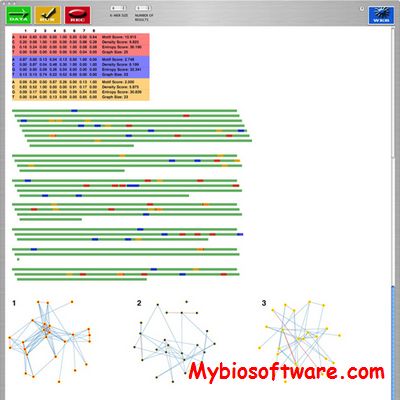CompareProspector
:: DESCRIPTION
CompareProspector is a sequence motif-finding algorithm which extends Gibbs sampling by biasing the search in promoter regions conserved across species. Using human–mouse comparison, CompareProspector correctly identified the known motifs for transcription factors Mef2, Myf, Srf, and Sp1 from a set of human muscle-specific genes. It also discovered the NFAT motif from genes upregulated by CD28 stimulation in T cells, which suggests the direct involvement of NFAT in mediating CD28 stimulatory signal. Using C. elegans–C. briggsae comparison, CompareProspector found the PHA-4 motif from pharyngeally expressed genes and the UNC-86 motif from genes known to be regulated by UNC-86. CompareProspector outperformed many other computational motif-finding programs tested, demonstrating the power of comparative genomics-based biased sampling in eukaryotic regulatory element identification.
::DEVELOPER
X. Shirley Liu Lab
:: SCREENSHOTS
N/A
:: REQUIREMENTS
- Windows with Cygwin / Linux / Mac OsX
- C Complier
:: DOWNLOAD
 CompareProspector
CompareProspector
:: MORE INFORMATION
Citation:
Liu Y, Liu XS, Wei L, Altman RB, Batzoglou S.
Eukaryotic regulatory element conservation analysis and identification using comparative genomics.
Genome Res. 2004 Mar;14(3):451-8.


